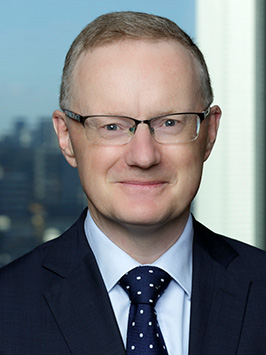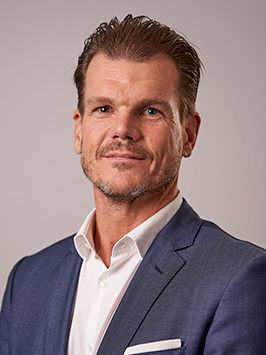[ad_1]
For the second month in a row, the Reserve Bank of Australia has delivered a double dose rate rise.
At its meeting today, the RBA Board decided to increase the cash rate target by 50 basis points to 1.35 per cent.
Pinning the blame firmly on high inflation, RBA Governor Philip Lowe said price increases were being boosted by covid-related disruptions to supply chains, the war in Ukraine and strong demand that is putting pressure on productive capacity.

Philip Lowe, Governor of the Reserve Bank of Australia
“Monetary policy globally is responding to this higher inflation, although it will be some time yet before inflation returns to target in most countries,” Mr Lowe said in his monthly Monetary Policy Decision statement.
Inflation is now at 5.1 per cent and is forecast to peak later this year and then decline back towards the RBA’s target 2–3 per cent range next year.
Despite stifled wage growth, high rents and property prices, soaring fuel costs and escalating inflation, and now supercharged interest rate increases, households are still being deemed as too thrifty for the RBA’s liking.
Mr Lowe said a key source of ongoing uncertainty about the economic outlook is the behaviour of household spending.
“The recent spending data have been positive, although household budgets are under pressure from higher prices and higher interest rates,” he noted.
“Housing prices have also declined in some markets over recent months after the large increases of recent years.
“The household saving rate remains higher than it was before the pandemic and many households have built up large financial buffers and are benefiting from stronger income growth.
“The Board will be paying close attention to these various influences on household spending as it assesses the appropriate setting of monetary policy.”
The latest hike takes means the cash rate is 125 basis points higher relative to the emergency lows of 0.1 per cent seen before the tightening cycle commenced on 5 May 2022.
If lenders pass today’s rate hike on in full, which is likely, the average variable mortgage rate for a new owner occupier loan will be around 3.66 per cent (up from 2.41 per cent in April).
For a borrower with a $500,000 housing debt, with principal and interest repayments on a variable rate mortgage, the average monthly repayment would have risen approximately $366 per month since rates started rising. For a $1 million loan balance, repayments would be up around $732 per month.
More rate rises ahead
Many are tipping another double hike for the first Tuesday of next month. If this happens, it will be the sharpest rise to the cash rate since 1994, when the RBA hiked by 2.75 percentage points in the space of five months.
The RBA Board was as blatant as its official tone allows in warning borrowers that there was more pain ahead.
“The Board expects to take further steps in the process of normalising monetary conditions in Australia over the months ahead.
“The size and timing of future interest rate increases will be guided by the incoming data and the Board’s assessment of the outlook for inflation and the labour market.
“The Board is committed to doing what is necessary to ensure that inflation in Australia returns to target over time,” its statement said.
Economists and finance experts are in unanimous agreement that borrowers will be facing significant interest rate increases as the banks promptly pass on what is expected to be a steady stream of monthly RBA rate hikes.
Graham Cooke, head of consumer research at Finder, said the combined cash rate hikes will cost the average Aussie homeowner over $5,000 over the course of a year.
“These are tough news for many homeowners, with one in four already struggling to meet their monthly mortgage payments in June.
“There’s no light at the end of the tunnel just yet, with our panel forecasting at least two more rate rises to come and this will put further downward pressure on a rapidly deflating housing market.”
Two-thirds of the 27 experts who weighed in believe the cash rate will peak at 2.50 per cent or higher. Almost half agree it will peak in early 2023.

Carl Hammerschmidt, CEO Joust
Carl Hammerschmidt, CEO at online home loan marketplace Joust, said they expected the cash rate to rise somewhere between 1.5 and 2 per cent by the end of the year, peaking between 2 and 2.5 per cent by mid-2023.
“While this is ostensibly more bad news for borrowers who’ll no doubt begin to feel the effects of increased mortgage payments, the fact is that a correction to market normality can’t come soon enough,” he said.
“The reality is that borrowers will face continued uncertainty over the next 12 months and it will only be once we see market normality return, with stability in tow, that borrowers will know where they stand.
“The speed of further interest rate normalisation by the RBA will be, at least in part, dependent on how well businesses and families react to these higher borrowing costs, as well as the pace of real wage gains in the short to medium term.”
MORE TO COME
[ad_2]
Source link
